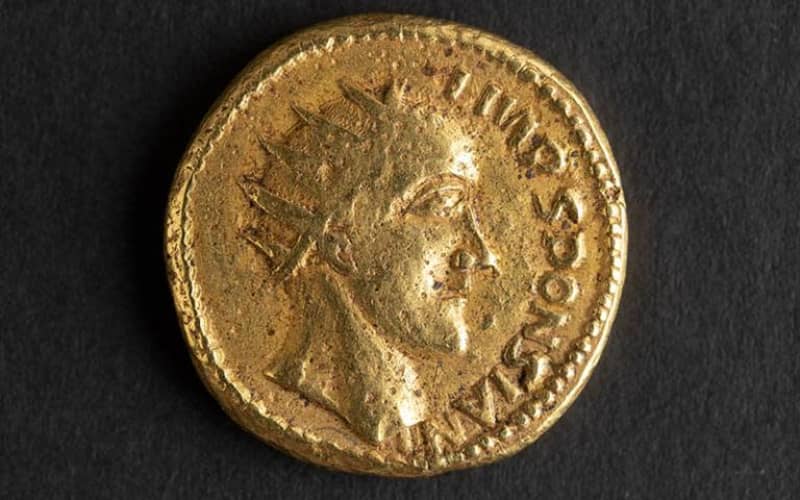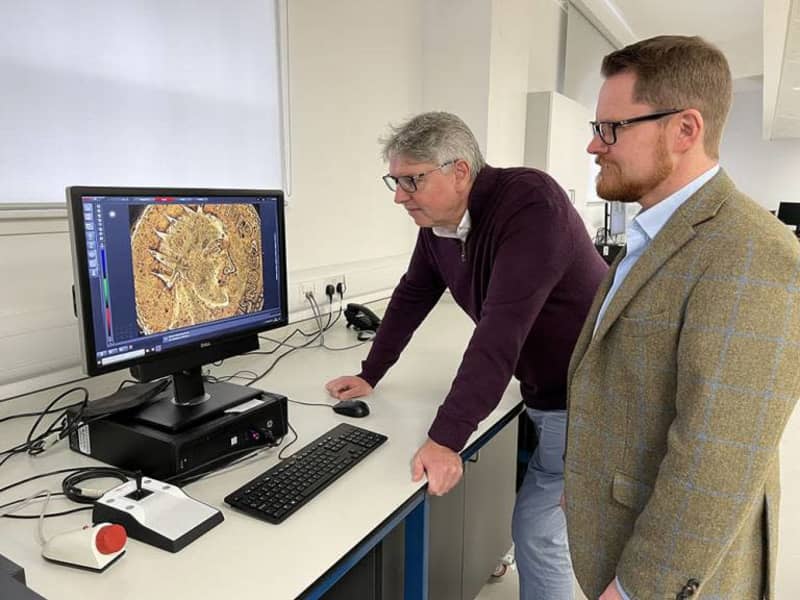
Gold coins found in Romania in the 18th century were considered bad forgeries for a long time. Now researchers believe that they are genuine, and some of them depict a relatively unknown ruler named Sponsianus.
The gold coin in The Hunterian collection of the University of Glasgow is one of the coins found in 1713 in the region of Transylvania in present-day Romania. Coins have been considered fakes since the middle of the 19th century, among other things, because they contained historical inaccuracies.
The minerals found on the surface of the Sponsianus coin confirmed that the money had been buried in the soil for a very long time before coming into contact with the air. The researchers also observed wear and dents on the coin, based on which they concluded that the coin was in active circulation at one time.
Pearson tells the British broadcasting company BBC, which reported on the study, that the researchers were even surprised by their results.
Who was Sponsianus?
The group that studied the Sponsianus coin, on the other hand, believes that Sponsianus was originally a military commander who was forced to declare himself emperor in the most distant and most difficult to defend province of the Roman Empire, Dacia, in the territory of present-day Romania.
Based on archaeological research, it has been concluded that Daakia’s connections with the rest of the Roman Empire were broken around the year 260. A pandemic was raging in the kingdom, and civil wars followed one after the other. The empire was falling apart, and isolated frontier regions like Dacia were subject to repeated attacks, especially since Dacia was known for its gold reserves, which also attracted the Romans to the area.
Scholars speculate that Sponsianus probably declared himself ruler in the midst of chaos and civil war.
Researchers remind us that the monetary system and coins have always had a central function as a symbol of power and authority. They consider it likely that Sponsianus, who was the ruler of the region, also recognized this.
At the same time, receiving official money from Rome has been intermittent. In order to create and maintain a functioning economy, the province probably minted its own coins, which were decorated with the image of the ruler of the region, Sponsianus.
– They probably didn’t even know which of the emperors was in power, because there was a civil war in Rome, states Pearson.
Scholars believe that Sponsius ruled in Dacia until peace and order were restored. The province was finally abandoned by the Romans between 271 and 275.
Four coins survived from Sponsianus
When the coins were found in the early 18th century, they were considered genuine and were classified as similar to other coins minted in the frontier regions during the Roman Empire.
However, in the middle of the 19th century, the coins found in Romania began to be considered fakes for several reasons: the texts appearing on them were considered to have been made by crooks, and the coins also contained historical inaccuracies (more on the subject here (http://www.roman-emperors.org/philarab.htm
The study published now is the first scientific analysis of the coins depicting Sponsianus, of which only four are known to have survived. All of them reportedly come from the money treasure found in 1713.
In addition to the coin from The Hunterian’s collection, the researchers analyzed a Sponsianus coin from the Brukenthal Museum in Sibiu, Romania. The researchers also found it to be a genuine coin from the Roman era.
– We hope that this will not only encourage a new discussion about whether Sponsianus was a genuine historical figure, but also other museums to study more closely the coins depicting him, stated The Hunterian’s curator of numismatics Jesper Ericsson in the press release.

